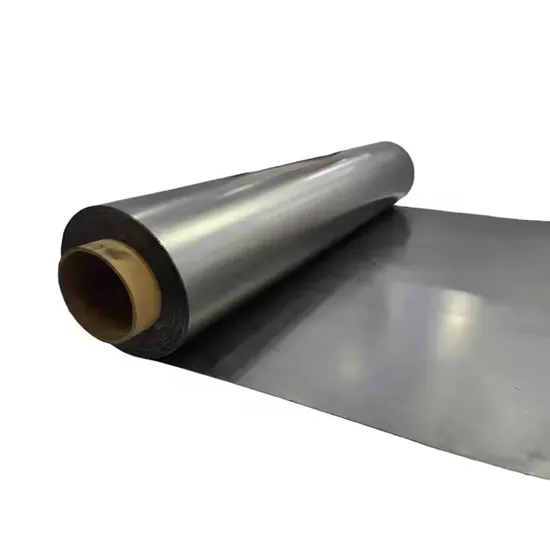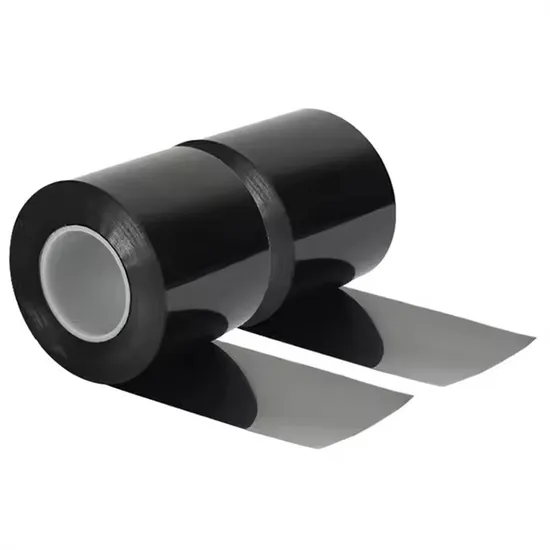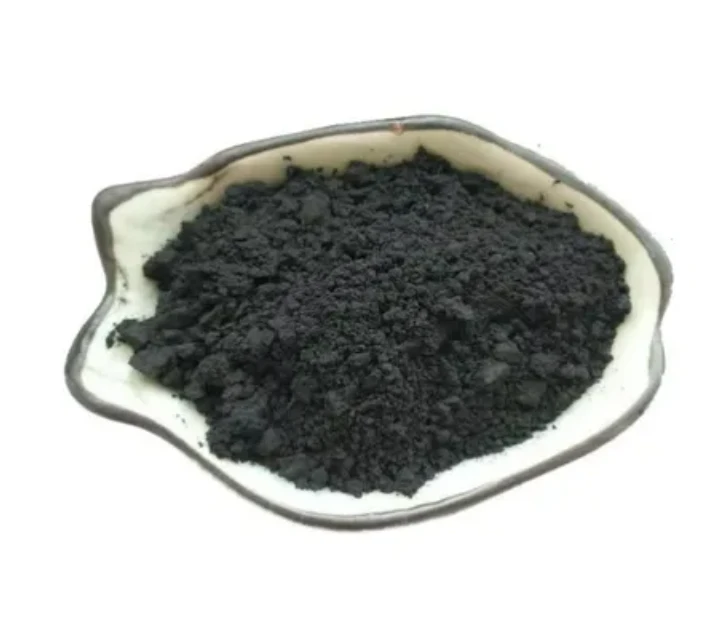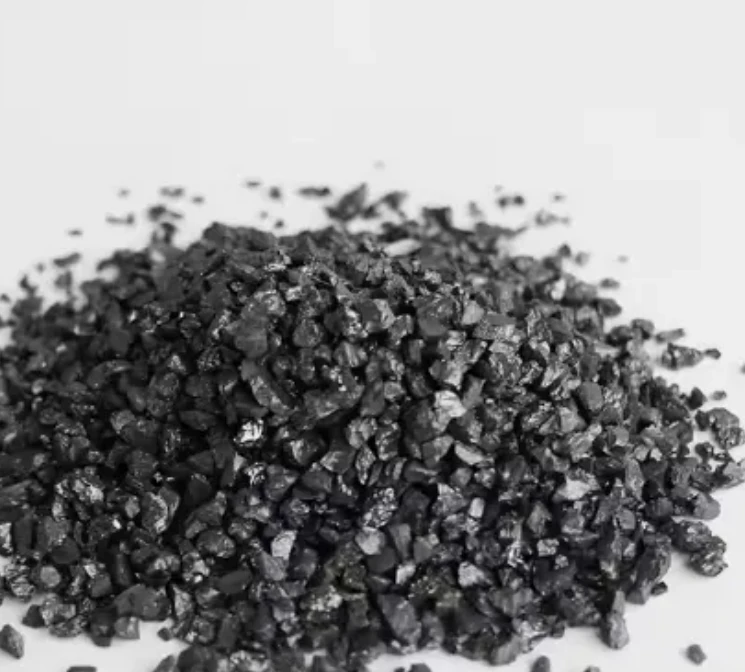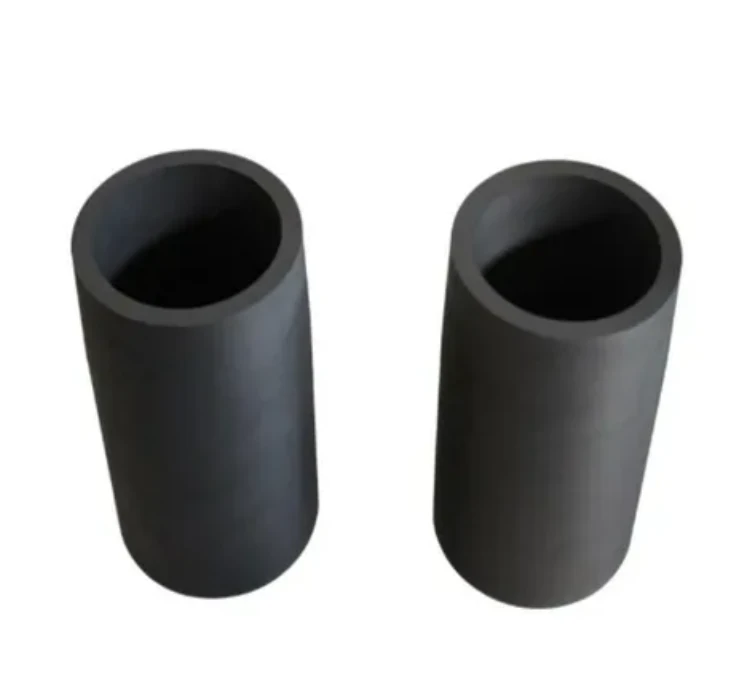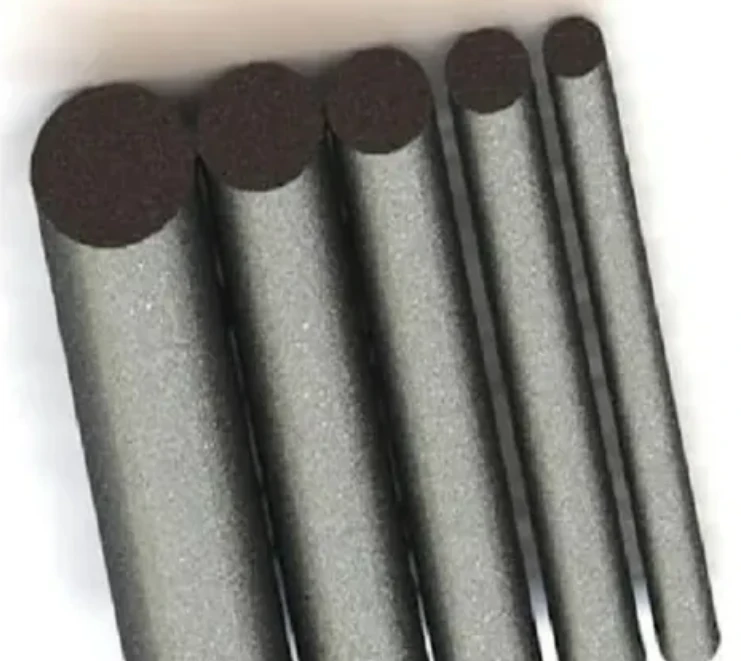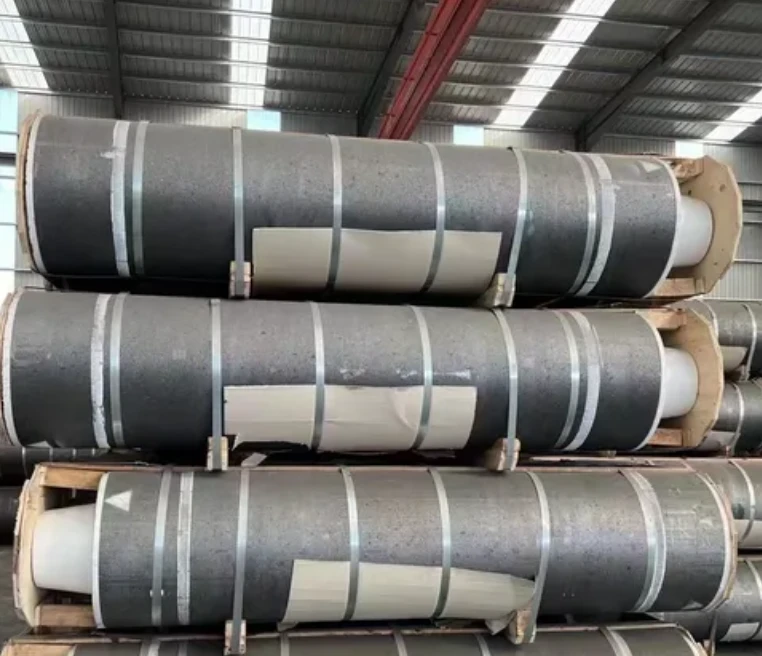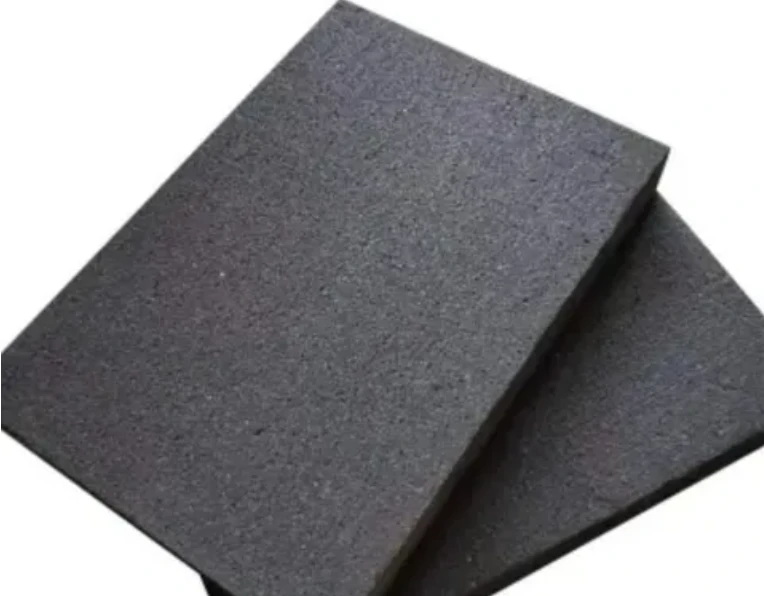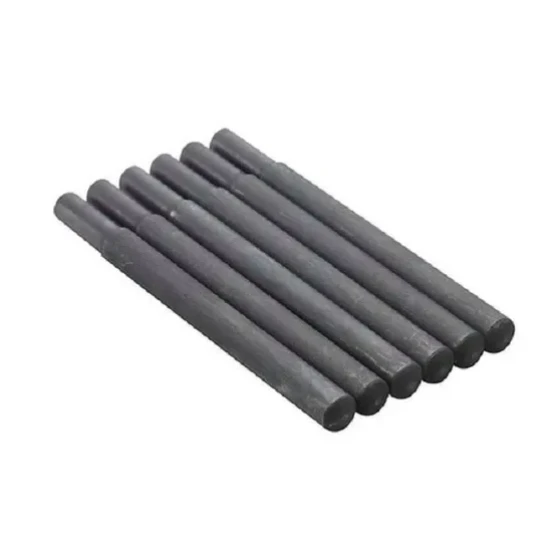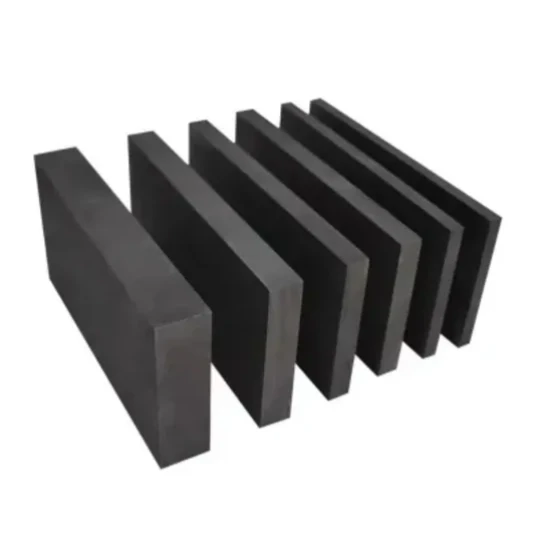- Englist


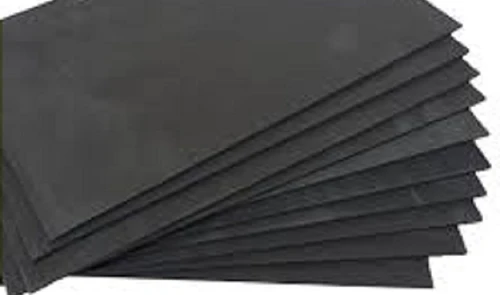
- Fundamental properties and behavior of graphite lubricant powder
in industrial applications - Technical specifications and performance comparisons with traditional lubricants
- Market analysis and feature comparison of leading industrial powder manufacturers
- Custom formulation considerations for specialized application requirements
- Industry-specific implementation case studies showing measurable results
- Environmental compliance considerations for modern manufacturing
- Future technological developments in graphite lubricant powder formulations

(graphite lubricant powder)
Understanding the Unique Nature of Graphite Lubricant Powder
Graphite lubricant powder operates on fundamentally different principles than liquid alternatives. Unlike petroleum-based products requiring viscosity maintenance, graphite powder creates a microscopically thin sacrificial layer that reduces metal-on-metal friction through crystal lattice shearing. This dry lubrication mechanism remains functional under extreme conditions that would compromise conventional oils: vacuums down to 10⁻⁶ Torr, temperatures exceeding 425°C, and radiation-intensive environments. The self-replenishing property of powdered graphite lubricant stems from its layer-lattice structure that continually releases platelets onto contact surfaces. Recent industrial testing demonstrates consistent friction coefficients between 0.08 and 0.12 across load ranges from 10-500 MPa. Applications with high vibrational stress show 72% less wear accumulation compared to oil-based systems.
Technical Advantages Over Traditional Lubrication Methods
Performance data reveals significant operational advantages when using dry graphite lubricant powder. Thermal conductivity measurements show 80% faster heat dissipation versus synthetic oils, reducing component operating temperatures by 25-40°C in high-load applications. Electrical conductivity enables functionality in circuits and electronics with surface resistivity values measuring 0.001-0.1 Ω·cm. NASA technical documentation reveals powdered graphite lubricant provides superior performance in aerospace mechanisms, maintaining functionality during thermal cycling from -160°C to 315°C while reducing actuator torque requirements by 40%. Automotive manufacturers report eliminating oil leakage issues in chassis components while achieving 250,000-mile service intervals.
Industry Leaders and Product Differentiation Analysis
| Manufacturer | Product Range | Particle Size (µm) | Purity % | Max Temp (°C) | Industry Applications |
|---|---|---|---|---|---|
| Asbury Carbons | Natural/Synthetic, Micronized | 1-100 | 99.9 | 540 | Energy, Foundry, Plastics |
| Mersen Group | High-Purity Synthetic | 0.5-20 | 99.99 | 600 | Aerospace, Semiconductors |
| GrafTech International | Expanded Graphite Powders | 5-300 | 99.5 | 450 | Industrial Furnaces, Gaskets |
| NGS Advanced Materials | Modified Coatings | 0.7-15 | 99.8 | 800 | Automotive, Metal Processing |
Market analysis indicates that the top four producers control 68% of the industrial graphite lubricant powder sector. Product differentiation increasingly focuses on particle distribution control, with <20µm sizes gaining 24% market share growth annually for precision instrumentation applications.
Customization Parameters for Specialized Operations
Industrial users frequently require modified graphite lubricant powder formulations to meet unique operational parameters. Controlled particle engineering allows customization from nanoscale powders (≤1µm) for micro-bearing applications to coarse grades (150-300µm) for high-compression industrial presses. Surface modification enables specialized behaviors like hydrophobic powders for marine applications or oleophilic blends for enhanced oil retention in grease carriers. Advanced manufacturing facilities can incorporate titanium doping to increase oxidation resistance up to 800°C or silica bonding agents creating mechanical interlocking effects in high-vibration environments. These modifications typically add 30-50% to base material costs but deliver significant performance enhancements.
Industrial Implementation and Operational Impact
Automotive assembly plants utilizing powdered graphite lubricant on robotic articulation points documented measurable reductions: operational downtime decreased by 27%, energy consumption lowered by 18%, and relubrication intervals extended from biweekly to quarterly maintenance. Energy sector analysis reveals wind turbine operators using micronized graphite powder on pitch bearings report reduced grease consumption (52%) with longer maintenance cycles. A European glass manufacturing plant utilizing high-temperature graphite lubricant powder in furnace conveyor chains extended component replacement intervals from 4 to 13 months, generating annual savings of $360,000. Precision camera manufacturers transitioned to electrostatic-applied sub-5µm graphite lubricant powder in focus mechanisms, achieving the industry's highest IP69K environmental sealing ratings.
Compliance with Modern Environmental Standards
Graphite lubricant powder aligns with tightening environmental regulations due to zero volatility organic compound (VOC) emissions and biodegradability. Production methodologies now comply with ISO 14064 carbon accounting standards, with leading manufacturers achieving 40% carbon footprint reduction since 2018 through renewable energy utilization. The EPA has classified high-purity graphite powder as a non-PM2.5 pollutant, exempting it from indoor air quality restrictions imposed on oil mists. Material Safety Data Sheets consistently show hazard ratings below industrial lubricant averages with no aquatic toxicity thresholds. European chemical registrations (REACH) include graphite lubricant powder on approved substance lists without usage restrictions.
Evolutionary Developments in Graphite Lubricant Technology
Continued innovation in graphite lubricant powder formulations focuses on overcoming traditional limitations while enhancing functional performance. Electrochemical exfoliation techniques now produce graphene-enhanced powders (1-3% content) that reduce friction coefficients to <0.05 in prototype bearings. NASA-funded research demonstrates fluorinated graphite lubricant powder achieving functional longevity in lunar dust conditions that rapidly degrade conventional lubricants. Metalworking facilities testing multi-phase graphite powder mixtures report 22% longer tool life and 35% reduced power consumption in machining operations. Industry forecasts anticipate 7% annual market expansion through 2030, driven largely by advanced powdered graphite lubricant adoption in electric vehicle drivetrains, where conductive properties prevent bearing currents that damage motor controllers.
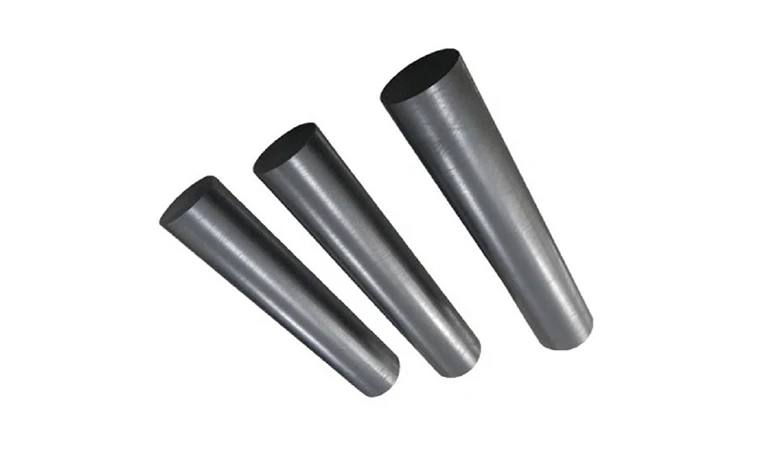
(graphite lubricant powder)
FAQS on graphite lubricant powder
Q: What are the common uses of powdered graphite lubricant?
A: Powdered graphite lubricant is commonly used to reduce friction in locks, hinges, and machinery. It’s ideal for high-temperature environments and prevents sticking in metal or plastic components. It also works well in dusty or dry conditions where liquid lubricants attract debris.
Q: How does dry graphite lubricant powder differ from other lubricants?
A: Dry graphite lubricant powder doesn’t contain oils or liquids, making it resistant to evaporation and dust buildup. It’s suitable for applications where residue-free lubrication is critical, like electrical systems. Unlike greases, it won’t degrade rubber or plastic parts over time.
Q: Can graphite lubricant powder be used in automotive applications?
A: Yes, graphite lubricant powder is effective for lubricating brake components, door mechanisms, and ignition locks. It withstands high heat in engines and brakes without breaking down. Avoid using it on parts requiring viscous lubrication, such as bearings.
Q: Is graphite lubricant powder safe for electrical systems?
A: Yes, dry graphite lubricant powder is non-conductive and safe for electrical contacts and switches. It prevents corrosion and reduces wear in moving electrical parts. However, avoid over-application to prevent buildup in sensitive circuits.
Q: Why choose powdered graphite lubricant over lithium-based grease?
A: Powdered graphite lubricant is better for high-temperature, low-moisture environments where grease might melt or attract dirt. It leaves no oily residue, making it ideal for clean manufacturing processes. However, lithium grease is superior for heavy-load, continuous-motion applications.





 Pervious
Pervious
 Next
Next
